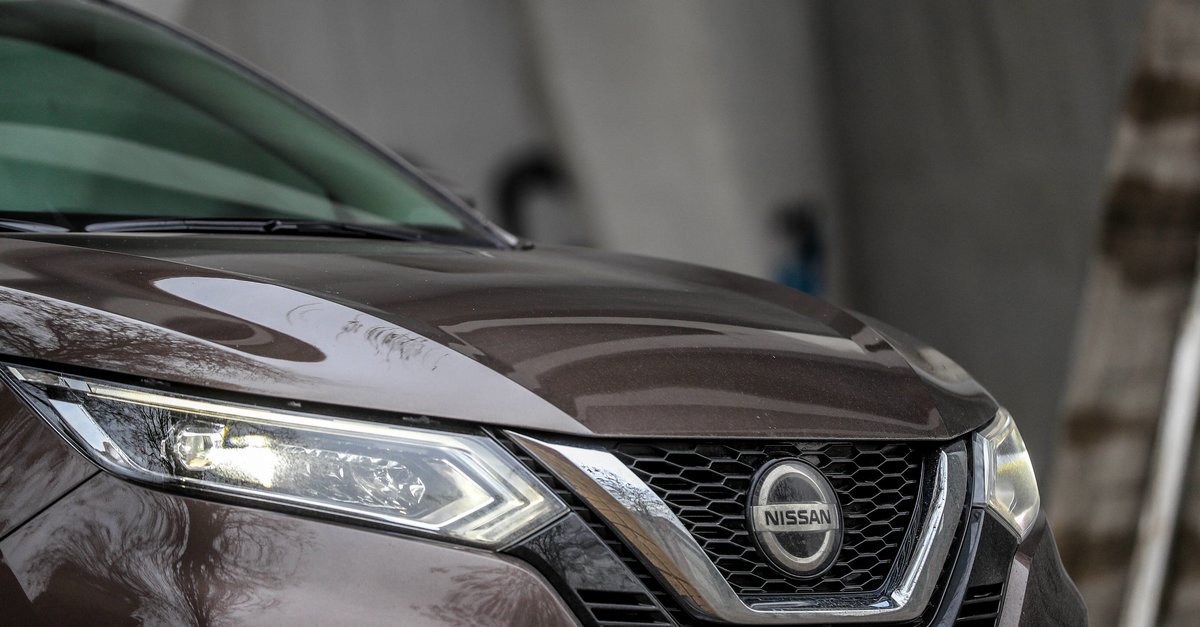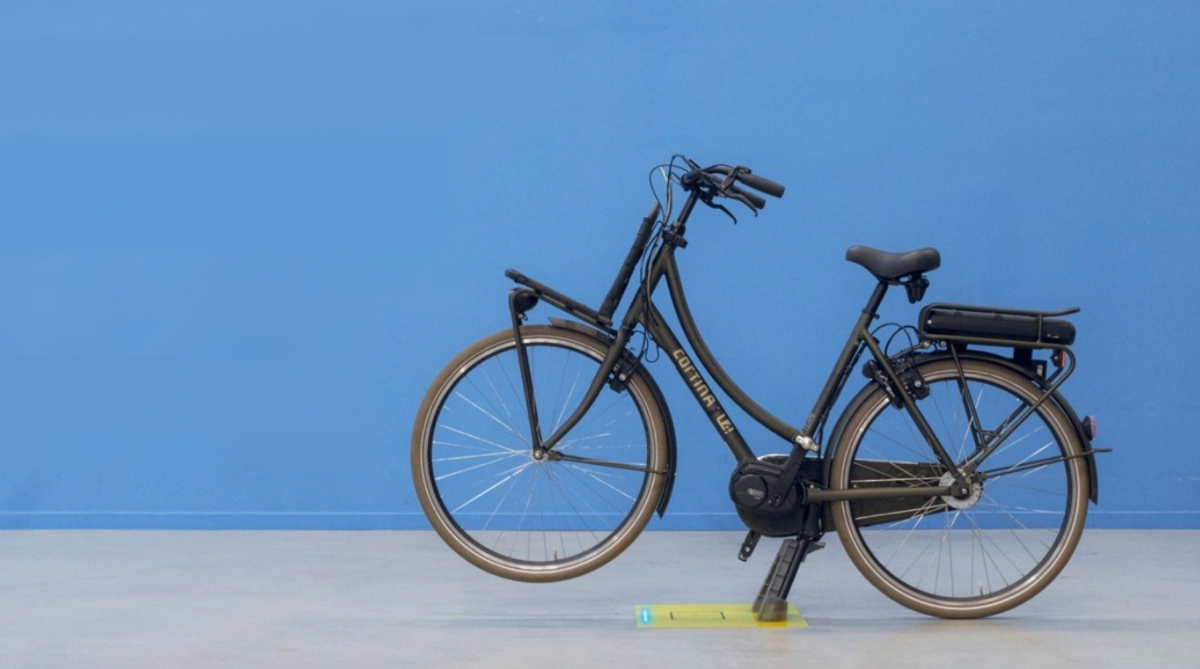Stay away from used ones? These models do not convince the TÜV
With the still extremely high prices for new cars, the used market is particularly attractive for car buyers today. But only if the prices are right and you don’t buy a pig in a poke. The TÜV reveals which models you should take a close look at – and what you have to look out for when you buy a used SUV.
SUVs are among the most sought-after vehicle models around the world. So it’s no wonder that more and more cars are arriving on the used market and are waiting for their second round. However, as with most vehicle types, the popular suburban vessels have their own Pitfalls that customers should watch out for when buying used.
Be careful when buying a used vehicle: these SUVs age badly
The TÜV Report 2023 shows which models you should take a particularly close look at before you buy. Because at five popular SUVs increases after a certain driving time Risk of typical defects considerably.
- Ford Kuga: Defect rate 27.7 percent. For the construction period between 2008 and 2013, more than a quarter of the models are negative. Common defects are broken axle springs, damping and springs in general. Even with age, the brakes still do a decent job.
- Hyundai iX35: defect rate 27.8 percent. In the years of construction 2010 to 2015, the axle suspension, springs and dampers are negative. Potential buyers should really worry about the brakes and steering joints. Caution is advised here.
- Kia Sportage: Defect rate 28.2 percent. The years of construction 2010 to 2015 end up in the middle of the five SUVs with significant defects. With the popular Kia, the brake discs and parking brake cause problems over the years. The steering joints also often require close inspection.
- Dacia Duster: Defect rate 30.6 percent. With the first model generation (2010 to 2018) of the budget SUV from Dacia, the defects accumulate over the years almost all around the vehicle. Rust and oil loss are not problems, but the lighting and steering are particularly often negative.
- Nissan Qashqai: Defect rate 32.5 percent. The negative leader from Nissan brings it to almost a third of the vehicles tested by the TÜV in terms of significant defects. Steering, chassis and brakes cause the most problems with the years of construction 2007 to 2013. A defective exhaust is also often criticized by the inspectors (source: Autobild via t-online).
Nissan: SUV loses its feathers, electric car can shine
Nissan has one with the Qashqai in the current TÜV report clear loser among the used SUVs. In the same evaluation, the Japanese carmaker can also score: The Nissan Leaf performs best among electric cars.
The ones criticized by TÜV Incidentally, defects in SUVs are often design-related. The heavy bodies mean heavier loads on virtually every part of the chassis that the weight rests on. Springs, brakes, dampers are exposed to heavier loads than compact or small cars. This can also play a role when choosing a new or used vehicle.
Combustion or e-car? The price question is not easy to answer:
All in all, the conclusion of the TÜV experts is sobering: In Germany, every fifth car is on the road with significant defects and would do so fly crashing through the HU, the TÜV association recently explained.
The defect rate in the TÜV report quantifies the proportion of vehicles in a model that fail the main inspection (HU) due to significant defects. Around 9.6 million HUs that were carried out between July 2021 and June 2022 were evaluated for the TÜV Report 2023. The results can provide orientation when buying a used vehicle.



